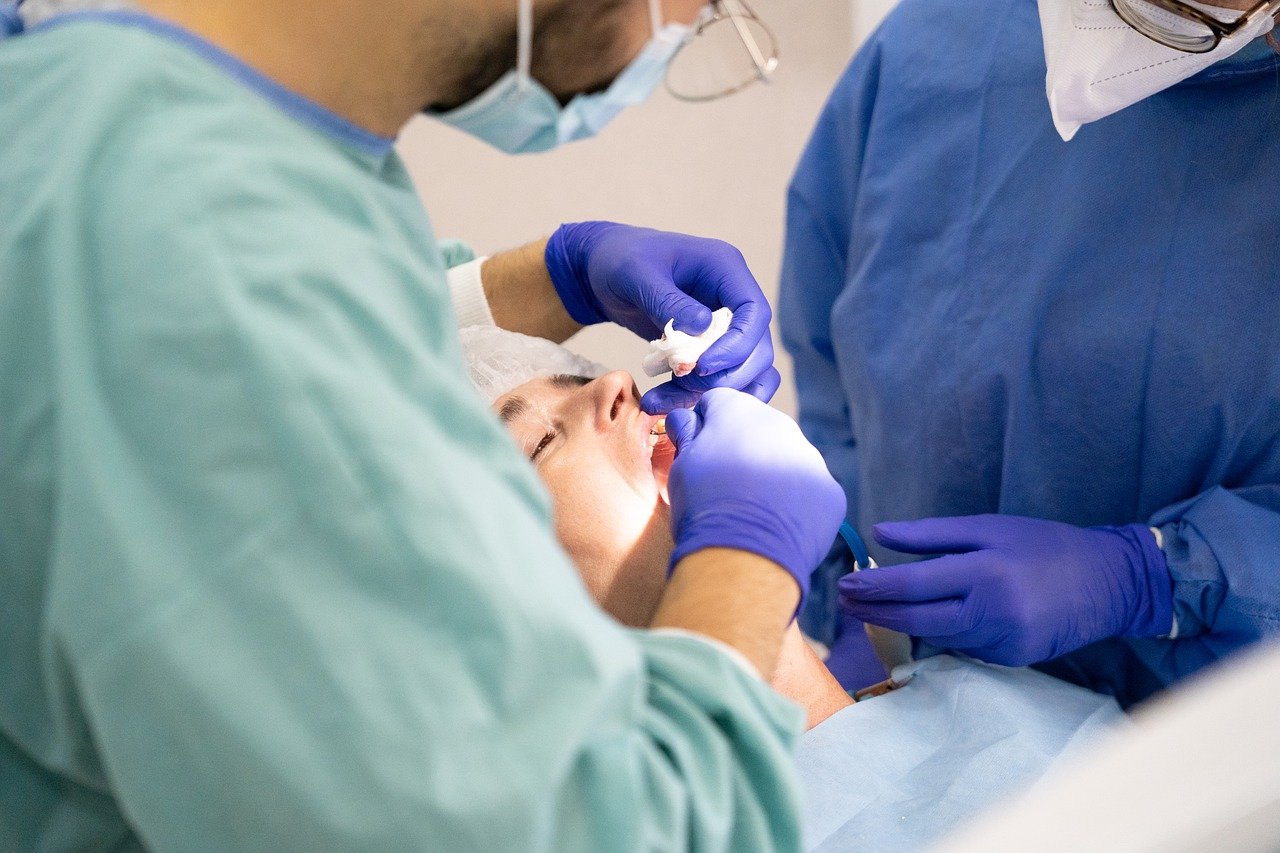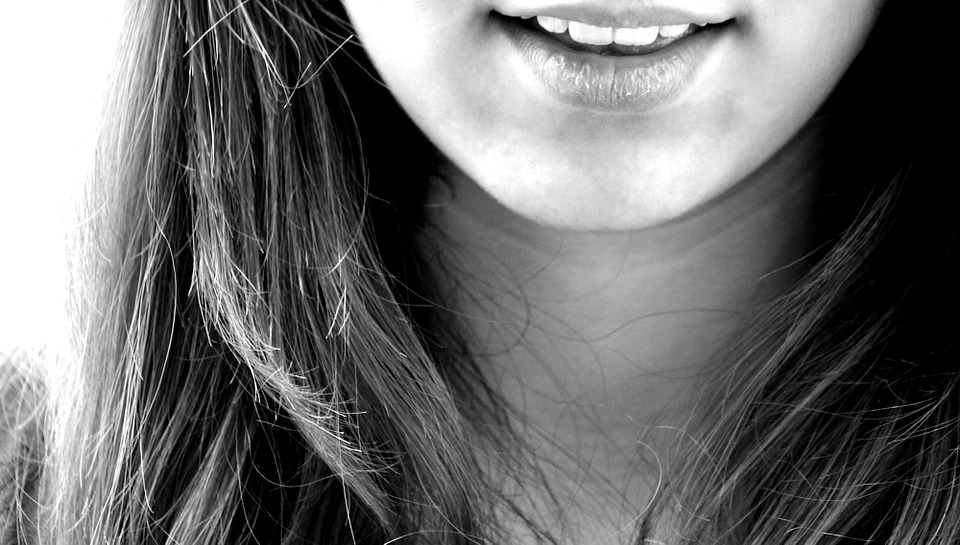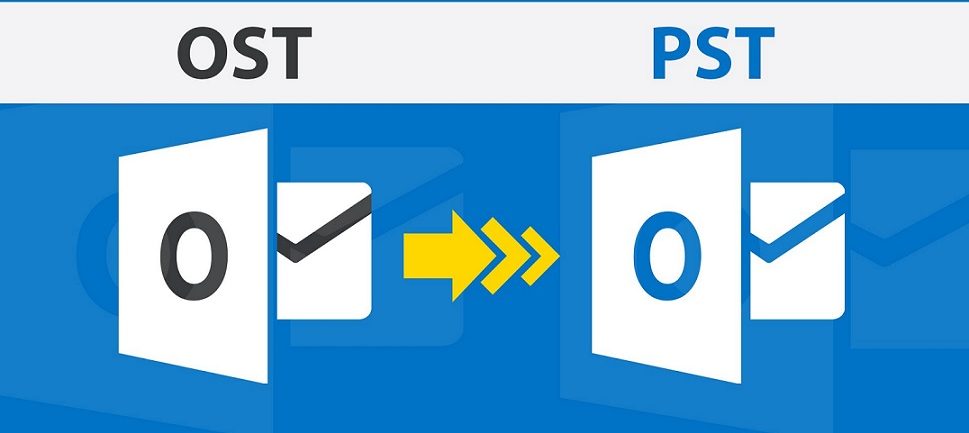Dentistry has faced many innovations in the last decade. Due to the Osteotomy procedure, now dental implants have the highest succeeding rate. Well, major equipment like an implant Osteotomy drill is used to treat this problem. There is a vast selection of dental implants available in dentistry.
In general, heat generation while Osteotomy from implant drill is still a discussing topic. So, to clear all your queries we have created this writeup. In this article, we will figure out all aspects of heat generation while performing Osteotomy. Have a look!
What Is Osteotomy?
Before hopping to the heat generation by implant drill, first, we will explain the Osteotomy and the procedure.
Osteotomy is surgery of the jaw. A surgeon recommends it when a patient faces a jaw issue that orthodontics can’t address. Well, Orthodontics is a dental term that means positioning your teeth or jaws.
Moreover, Osteotomy surgery is done in the patient’s mouth. It requires tools like implant Osteotomy drill, micro-saw, Lindemann bur. Syringe, and more. In this procedure, the jaw bone is cut by a dental surgeon. Later they move and then modify to realign the jaw. Helps to prevent dentofacial deformity or to correct malocclusion. Well, the term “osteotomy” defines the division of bone through a surgical cut.
Impact Of High-Speed Implant Drills On-Site Viability
No doubt even in the careful site preparation, the inevitably drilling in bones harms the osteocytes and bone tissue. The cells which allow osseointegration or new bone formation surround the osteotomy.
Moreover, high speed is a major factor by which a dental drill works efficiently. But here the problem starts. The friction produced by very high speed creates heat. The heat radiates through the cutting drill edge over the nearby bone tissue. It helps to kill bone cells. Later the end of the bone cell creates bone resorption over the implant site.
Therefore, the heat caused by high-speed drills can restrict the much-coveted stability of the implant.
Note: In scientific terms, the surrounding of dead osteocytes near osteotomy is called the “Zone of Death.” Moreover, beginning bone resorption shows one of the major difficulties in accomplishing optimal site viability.
Help Of Irrigation In A Viable Implant Site
Saline irrigation applies in the osteotomy to prevent the effect of high heating. To cool the high temperature (formed due to drilling), it applied at every stage of drilling .
But here, irrigation consists of its own cons. Also, while using the drill for osteotomy, osseous coagulum and autologous bone chips – bone cells, a blend of blood, and growth factors created. Due to the osteogenic characteristics, this material can form a new bone when left in situ.
Furthermore, the copious irrigation vanishes the osseous coagulum and bone chips. The cells start dying if the bone chips wash away from the osteotomy. Even if the cells recovered, the osteogenic potential helps to deteriorate.
Is It Possible To Operate Drill At A Low Speed?
After this, an easy solution may strike on the mind. If high speed produces heat and later kills cells, why can’t we operate an implant Osteotomy drill or other handpieces at the lowest rpm? No, we can’t! It is due to the design of implant drills. The handpiece needs a high-speed rotation for reducing the thrust force required for advance by a bone.
Common Types Of Osteotomy
As you know, the osteotomy is a jaw surgery of a patient, but it has many types. Now mainly, there are three types of osteotomy: Mandibular, Maxillary, and Bimaxillary. Below we have mentioned a brief about all of them. Read on!
1. Mandibular osteotomy
This surgery performs on the mandible (patient’s lower jaw) by family dentist. This procedure took place while the lower jaw recedes and protrudes frequently.
2. Maxillary osteotomy
This is a surgery of the patient’s maxilla (upper jaw). There are a few conditions that require this osteotomy:
- A crossbite is a situation when the bottom teeth appear out of the upper teeth while the jaw is closed.
- The upper jaw of the patient recedes and protrudes frequently.
- Midfacial hypoplasia is when the middle portion’s face growth reduces.
- An open bite is when molars (back teeth) don’t touch the patient’s mouth while closing.
3. Bimaxillary osteotomy
This surgery is performed on both the lower jaw and upper jaw of the patient. When a patient feels discomfort in both jaws, the dental surgeon prefers a Bimaxillary osteotomy.
Operation of the lower and upper jaws is not easy. So, in case of dental emergencies, a dental surgeon can use the software of 3-D modeling for surgery.
Conclusion
Fortunately, this guide comprises everything you need to understand regarding Osteotomy. We hope now you have a rough idea of implant Osteotomy drills used in the procedure and the heat generation created by drills.
In conclusion, we expect you have liked this article. If you want to know about multi-unit abutment or other abutment drills, please tell us. We have created a comment section for our readers. Share your reviews, queries, and other concerns over there.
Author’s Bio:
Currish Diane is a product manager at Universal Shapers which is one of the leading establishments of Surgical Bur Kit in the USA.The kit involves several drills such as bone profiling drill, Bullet Shaped Drills, Scallop, Auxiliary Drills that assist in hard tissue contouring, and soft tissue augmentation.









